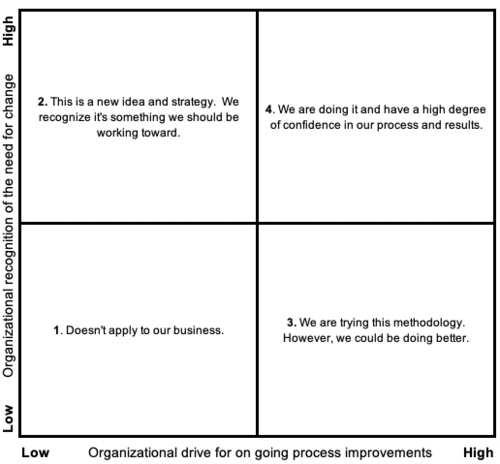Plan “B” for China
October 17, 2019Let’s start with the realization that plan “A” to relocate operations to China had a major flaw. If you moved manufacturing to China, India or any other low- cost producing country with the intention of importing goods back to North America or Europe (half a world away), then your plan was unsound!
I was taught to do everything possible to reduce lead-times and increase inventory velocity! Why is this important? Longer lead-times increase inventory. More inventory equates to less profits. Why? Because inventory delays fixing problems. When I see corporations chasing the labor “ghost”, I cringe! Labor typically accounts for 8-12% of the total cost of ownership. But too many leaders only have one play in their play book: to reduce labor costs by moving head count to low cost countries! They are missing 90% of the total cost of ownership!
Why? Leaders view raw materials as a fixed cost. And inventory carrying cost incrementally at about 6% (Prime +1), and too often leaders believe the only variable they can control are labor costs.
We have not injected Operational Excellence into our American DNA.
Yes, we have innovation in our DNA: just look at Tesla, Apple, Facebook, Google, and Amazon. However, too often, corporations are looking to the silver bullet of innovation to resolve their lack of global competitiveness.
Operational Excellence is the long-term game plan. It takes patience, tenacity and grit to achieve it.Operational Excellence, gains are typically more sustainable, enterprise empowering and greater long-term profits are the result.
If the US is going to regain manufacturing leadership, we must establish and inject the Operational Excellence philosophy into all functions of our enterprises
We cannot forget the total cost of ownership. Over the long-term, when lead-times are increased, so are total costs.
Longer lead-times typically increase forecasting variance which necessitates more inventory.
The longer lead-times and increased inventories negatively impact customer service with lost flexibility and responsiveness to change.
Engineering changes take longer to implement and are more costly
Cost increases to support a complex supply chain.
Cost of quality increases due to the length of the supply chain.
Cost of Inventory Increases.
- Obsolesce cost increases.
- Inventory shrink, loss and damage increases.
- Transportation cost increases.

Over the past three decades Japanese, Korean and European manufacturers have invested heavily in US plants and infrastructure. During this same period, US automotive manufacturers have lost an estimated 40-50% of the domestic market share to both Japanese, Korean and European transplants who have provided better quality and more options for the same price. What do they know that we don’t? They understand the total cost of ownership and how to drive costs down though operational excellence.
Japanese automakers tout US-based jobs at all-time high as Trump ramps up trade war
Japanese car makers in America – Twenty years down the road (From 2002)
I believe that over the next few years, the inability to manage total cost improvements will be seen as an error in judgment and lack of foresight on the part of industrial leaders and US government economic policies. Additionally, the long-term impact to the US middle-class tradesman and industrial complex will be devastating. We can’t afford to lose the middle-classes’ important contribution to our economy. They are the drivers of our economic stability!
Not only should the enterprise’s total cost of ownership be top priority; but leaders need to uphold corporate values and ethics. Corporate leaders must be careful not to compromise the integrity of the company to which their guardianship has been entrusted.
For example, the Chinese government’s:
- Gross currency manipulations.
- Raw material subsidies.
- Anti- American policies.
- Intellectual property laws openly violated.
- Human rights violations.
- Unethical loans to third-world countries with the un-disclosed intention of controlling their natural resources.
Finally, do we really think countries with anti-American policies are concerned with our long-term viability?
One question. As the guardian for your enterprise, is this your legacy?
Self-Ranking – Pick one of the four questions below and then fill in your comments in the space provided.
- Don’t think this applies to your business or enterprise? (Write three to four reasons why it might not.)
- This is a new idea and strategy, it’s something we need to work toward. (Brainstorm the first steps.)
- We can do better, modify our strategy, and now we are moving in the right direction. (What are the next steps to ensure success?)
- Our team gets the necessary time to keep their minds fresh and we have plans to live our dreams. (Comment on how you’re ready.)
- ______________________.
- ______________________.
- ______________________.
- ______________________.

Categorized in: Supply Chain Entropy Busters®
